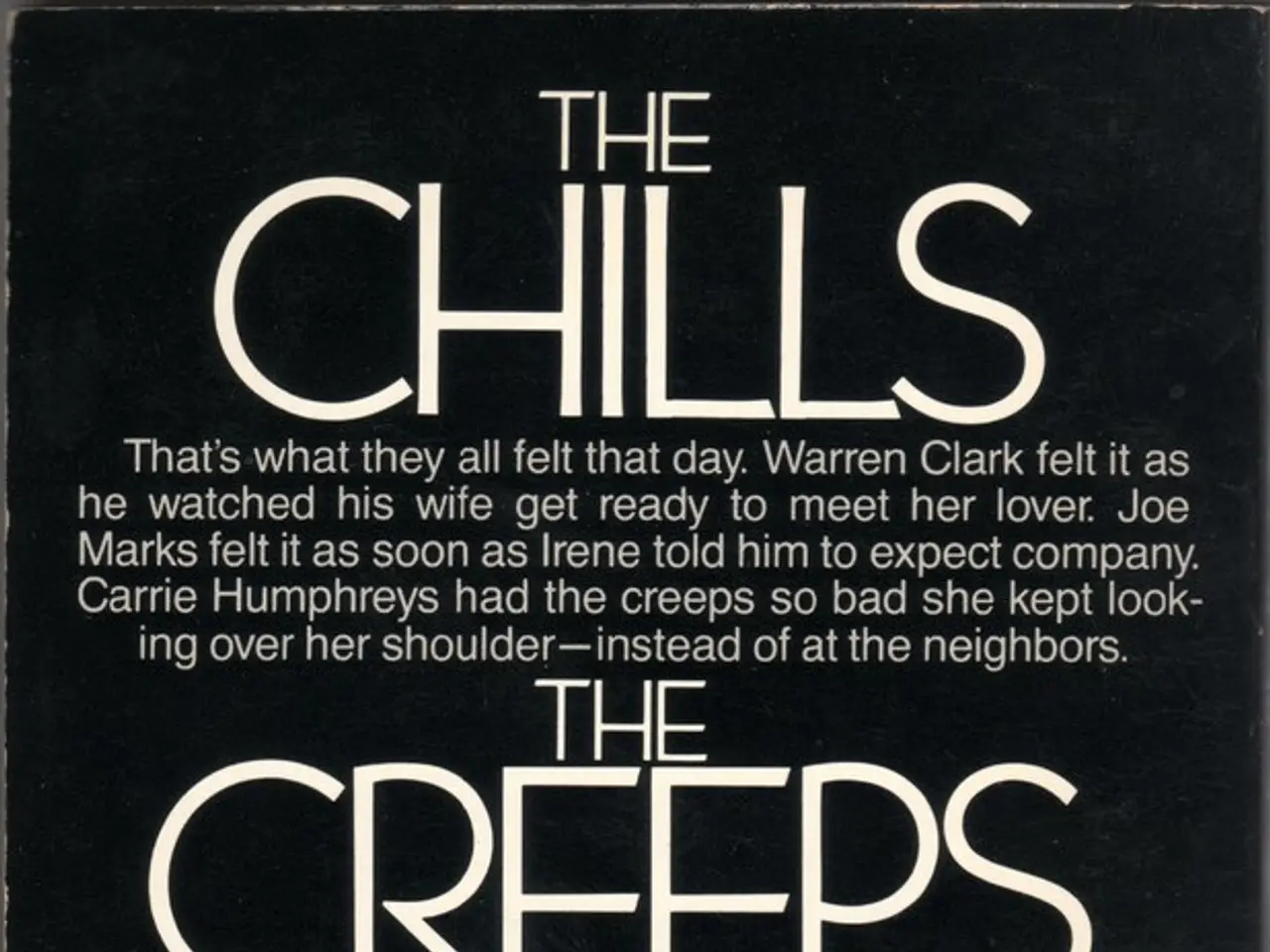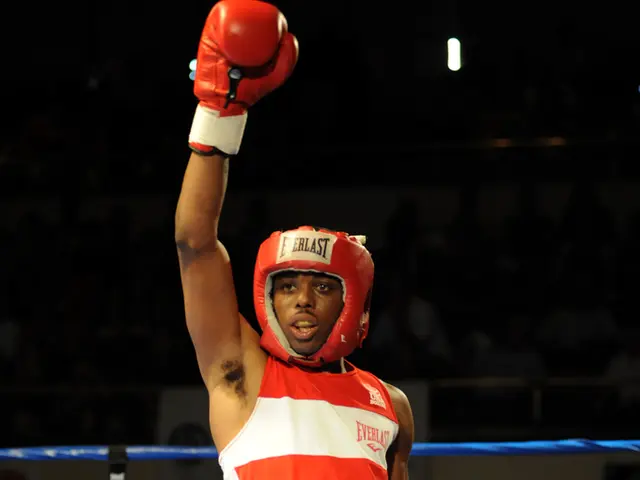Two Navajo veterans remain as the final code talkers from World War II. Here's their captivating tale.
In the heat of World War II, a select group of young Navajo marines, known as "code talkers," played a decisive role in key victories across the Pacific theater. Among them was Thomas H. Begay, who stepped into the chaos of Iwo Jima on February 19, 1945, during one of the war's deadliest battles.
Begay's task was to transmit encrypted battlefield coordinates using his native Navajo tongue. His work, along with that of other code talkers, was never broken by enemy forces, helping save thousands of Allied lives.
The code talkers' secure communications system, relying on Diné Bizaad, was so efficient and accurate that no other form of military cipher was more efficient or accurate at the time. During the Battle of Okinawa, Peter MacDonald translated code in real-time, dispatching orders to field units and relaying orders back to commanders 24/7 with a sailor standing by to deliver or receive top-secret messages.
The legacy of the code talkers is not only rooted in their military success but also in the ways their service has helped protect their culture. Diné Bizaad, the Navajo language, is still spoken by roughly 170,000 people today.
The code, never broken by enemy forces, remained a secret until 1968, when the U.S. government finally declassified it, allowing veterans to share their stories for the first time. In 1982, a resolution was passed, and President Ronald Reagan officially declared August 14 "National Navajo Code Talkers Day."
The first official code talker reunion took place in 1969, and the Navajo Code Talkers Association was formed in 1971. In 2001, the U.S. awarded the code talkers Congressional Medals: gold to the original 29, and silver to the rest.
However, the Navajo Nation was not immune to the devastating losses of war. During their absence, the U.S. government continued to undermine Navajo livelihoods, including the forced culling of sheep flocks under the Livestock Reduction Act. Some members of the Navajo Nation were left to contend with these losses decades later.
Today, only two stewards of the uncrackable code remain: Begay and Peter MacDonald. Their story serves as a testament to the resilience of the Navajo Nation and the vital role indigenous languages played in the success of the Allied forces during World War II.
Interestingly, the use of indigenous languages for military purposes was not exclusive to World War II. During World War I, the U.S. military used similar strategies to confuse German forces, relying primarily on Choctaw, Cherokee, Ho-Chunk, Comanche, and Osage speakers. The United States military, in collaboration with linguistic institutions such as the American Anthropological Association and universities, also supported the Navajo Code Talker program during World War II and later encouraged research into other indigenous languages for future conflicts.
As we remember the Navajo Code Talkers, we are reminded of the crucial role they played in shaping the course of history and the importance of preserving and valuing the unique cultural heritage of indigenous communities.
Read also:
- Lu Shiow-yen's Challenging Position as Chair of the Chinese Nationalist Party (KMT) Under Scrutiny in Donovan's Analysis
- Tough choices on August 13, 2025 for those born under Aquarius? Consider the advantages and disadvantages to gain guidance
- Microbiome's Impact on Emotional States, Judgement, and Mental Health Conditions
- Restaurant staff allegedly requires Minnesota teenager to validate her gender for bathroom access.







